A staple of American cinema since the release of the silent film The Great Train Robbery in 1903, the Western arguably became its defining genre with the release of Stagecoach in 1939 – the first of nine Western collaborations between the iconic duo of director John Ford and actor John Wayne. For the next several decades, Westerns evolved with the times, embracing an American mythos of freedom and opportunity before filmmakers such as Sergio Leone began using the language of the genre to reflect the more cynical mood of the Vietnam era. Part of a film-analysis series from the Museum of Modern Art (MoMA) in New York, this video essay by the US film critic Dave Kehr discusses how the Western helped to define the language of American film until modern filmmakers began adopting Western signifiers for shorthand, self-reference and parody, leaving the genre itself more or less in the dust.
How Westerns captured the American psyche and eventually bit the dust
Commentary: Dave Kehr
Website: The Museum of Modern Art
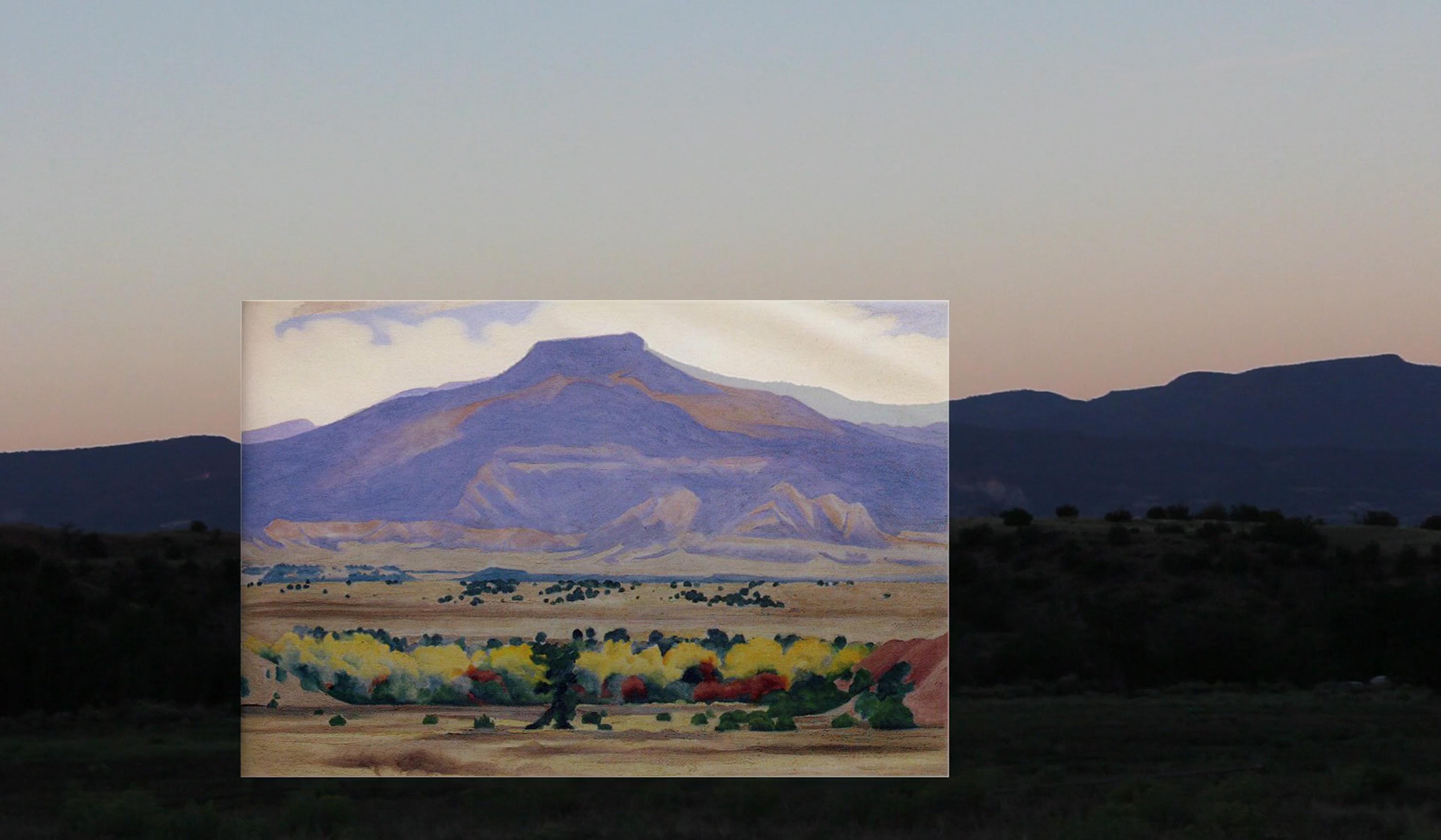
videoTechnology and the self
One woman prepares for the risky solitude of Georgia O’Keeffe’s American West
8 minutes
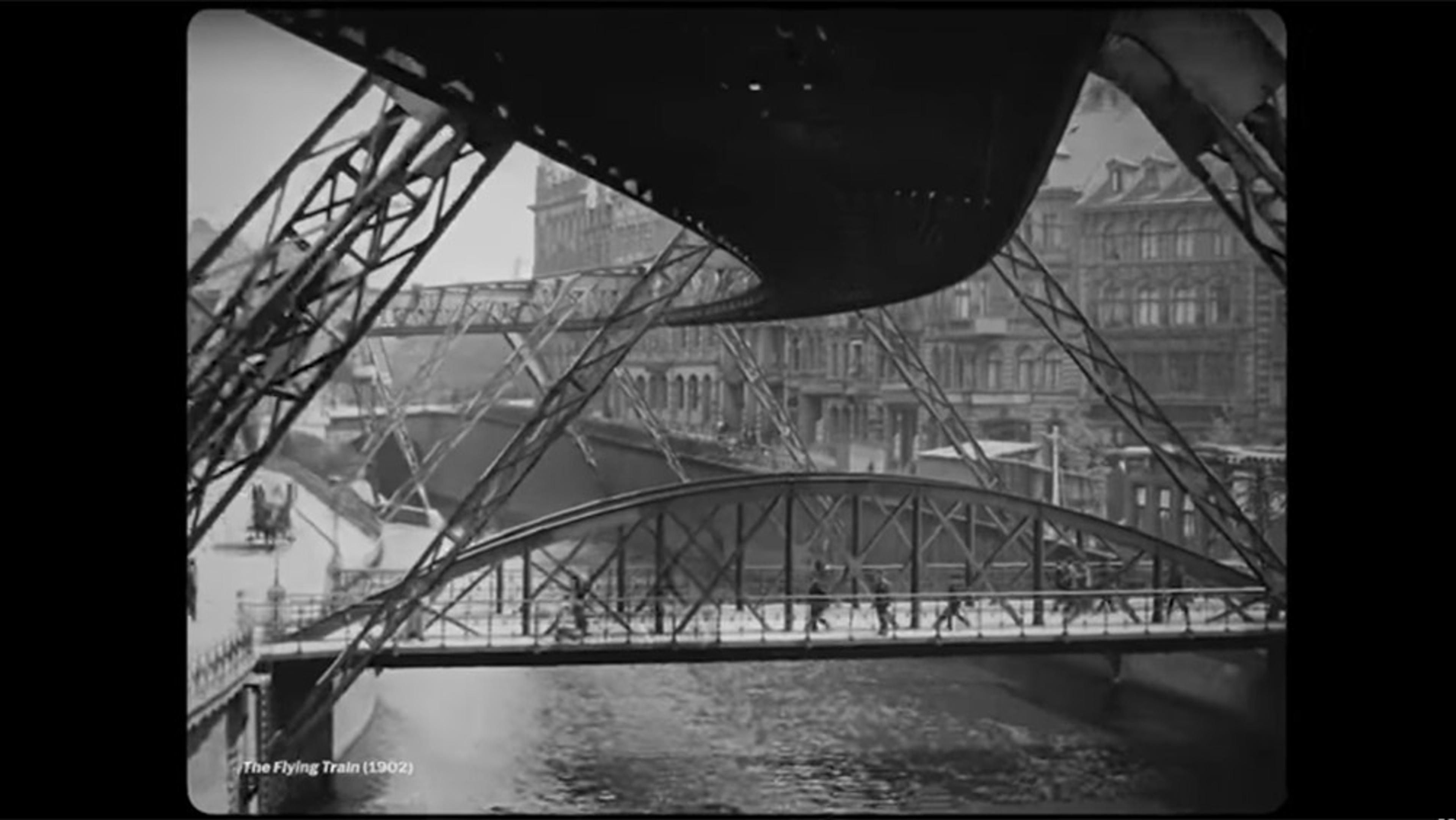
videoFilm and visual culture
Our ideas about what early movies looked like are all wrong
11 minutes
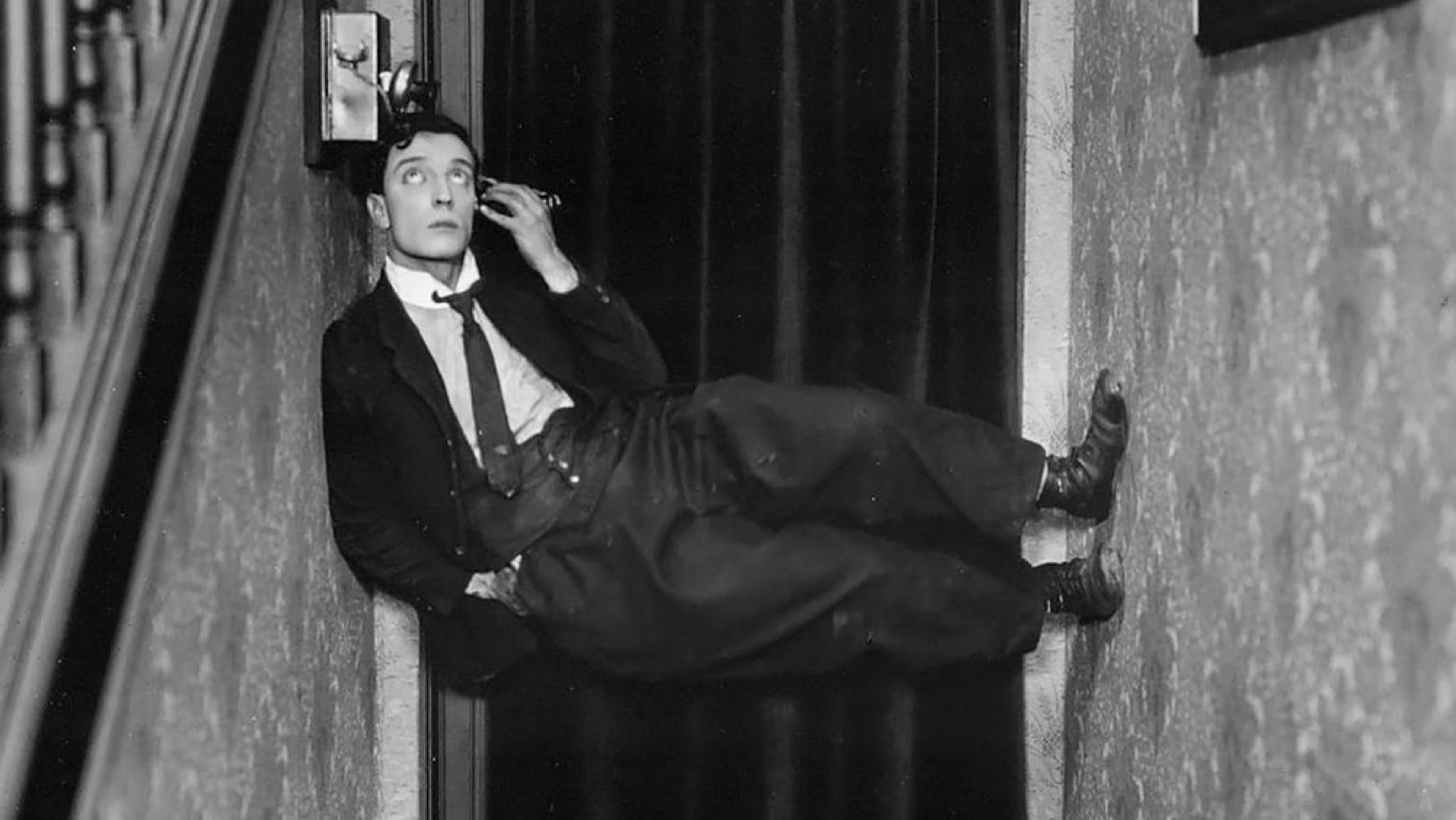
videoFilm and visual culture
Why Buster Keaton’s visual comedy is still the best in a century-plus of cinema
9 minutes

videoHistory of technology
Racing through time on a Brooklyn Bridge trolley ride in 1899
9 minutes
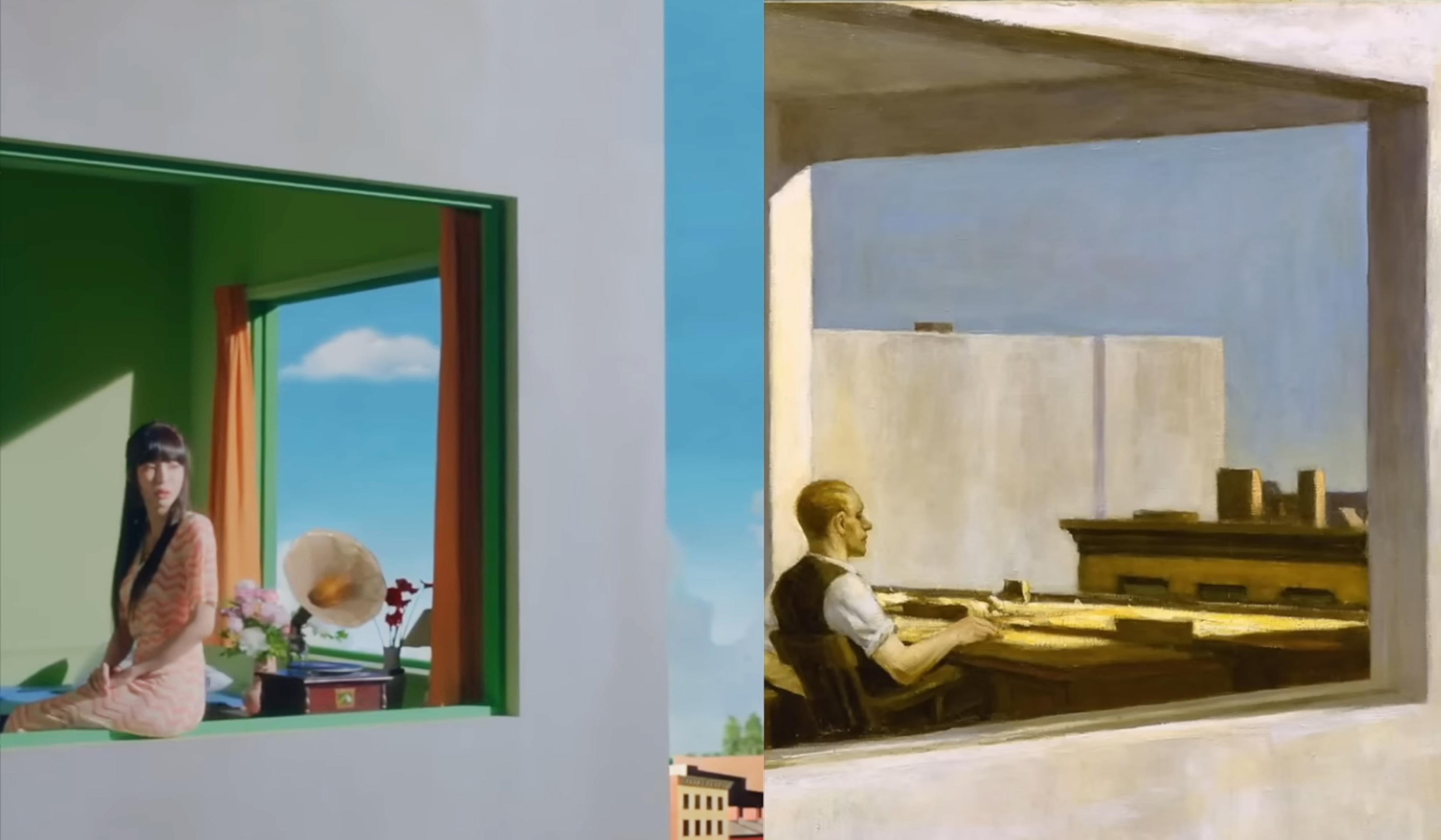
videoArt
Edward Hopper came of age with cinema. As an artist, he left a lasting mark on it
12 minutes
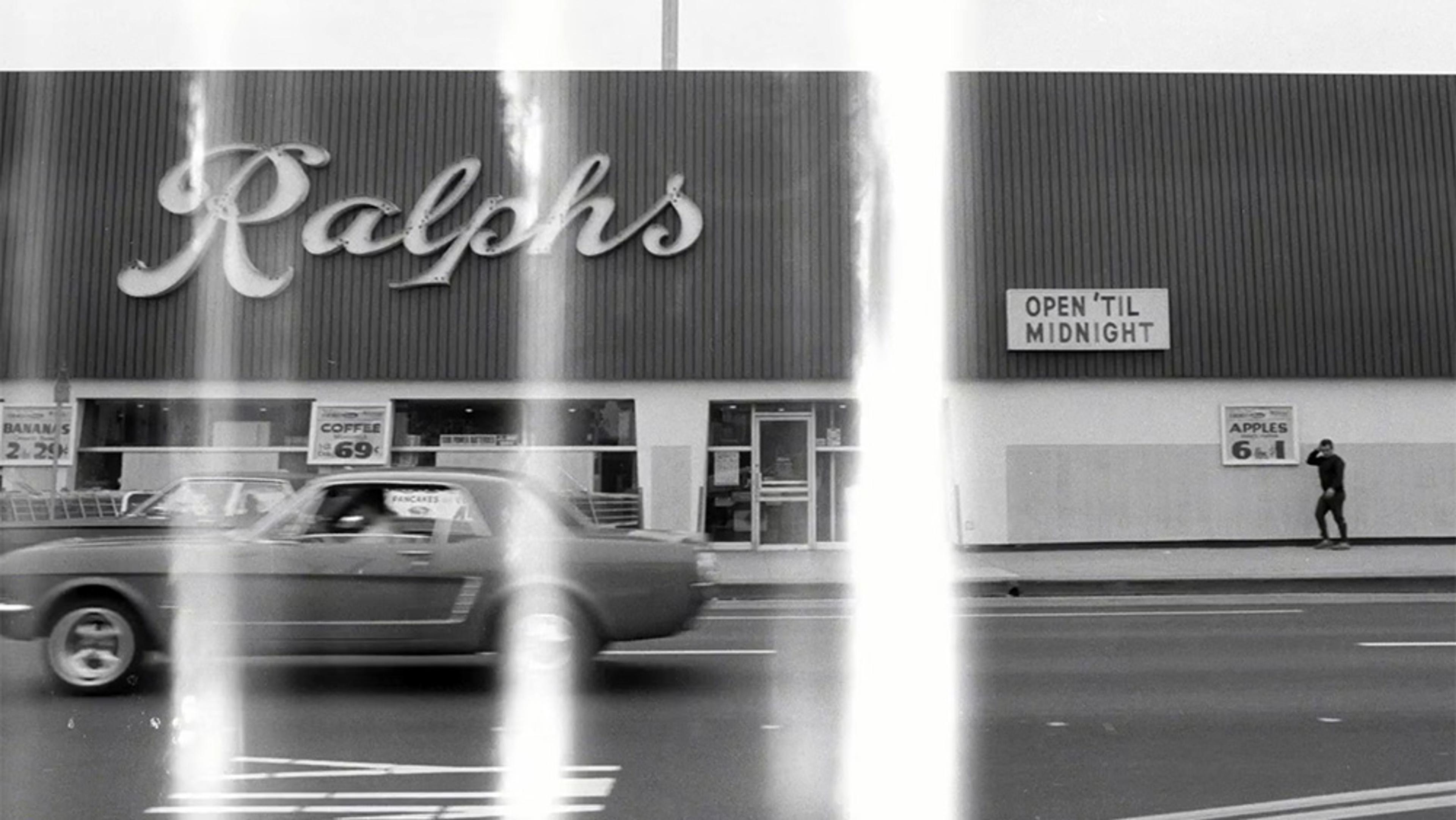
videoArt
Ride shotgun through mid-century LA with Ed Ruscha’s photos and Jack Kerouac’s words
2 minutes
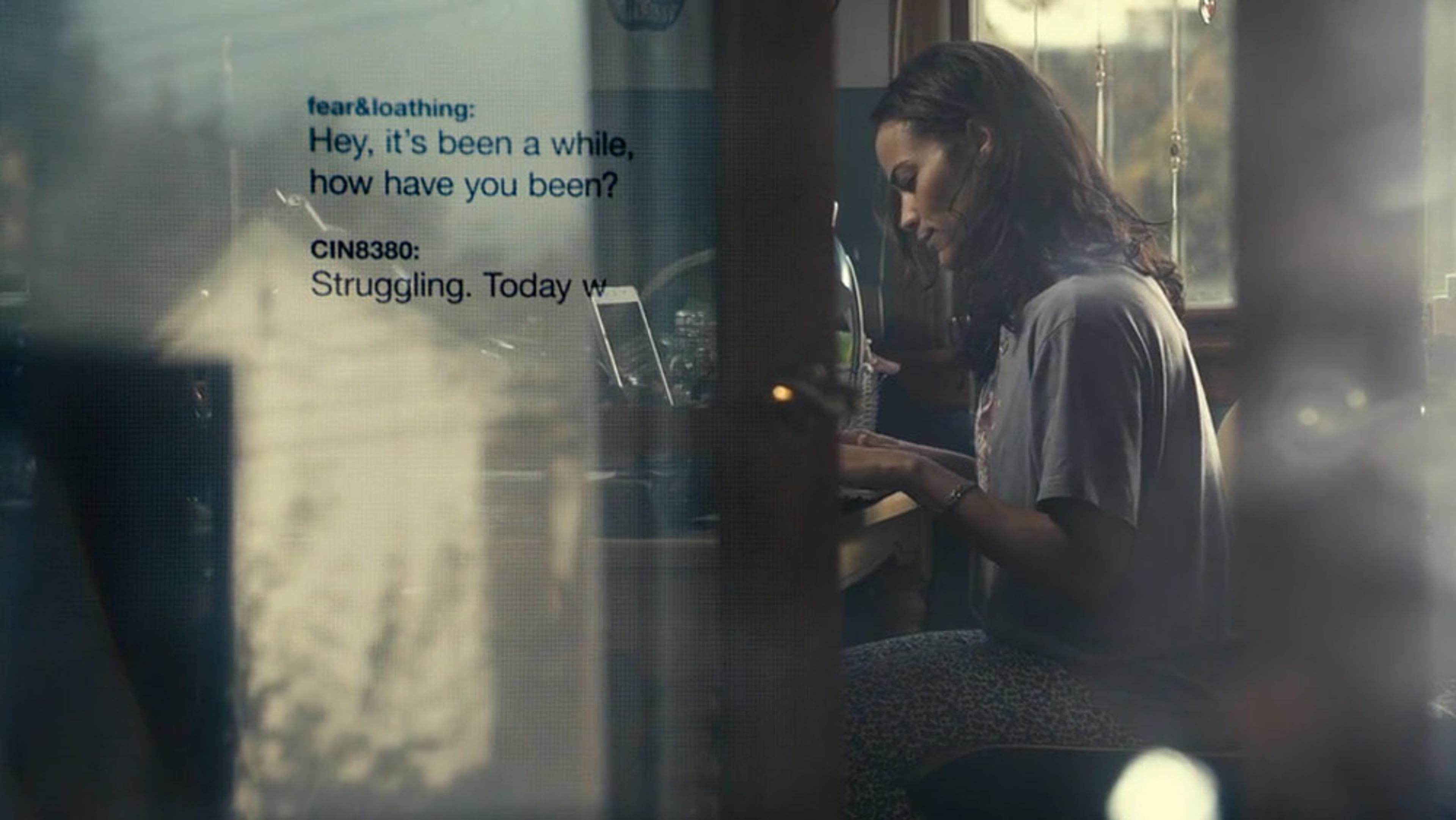
videoFilm and visual culture
Why is our digital world so difficult to depict on our digital screens?
5 minutes

videoHistory of technology
Remarkable historical footage is locked behind paywalls. It’s time to set it free
4 minutes
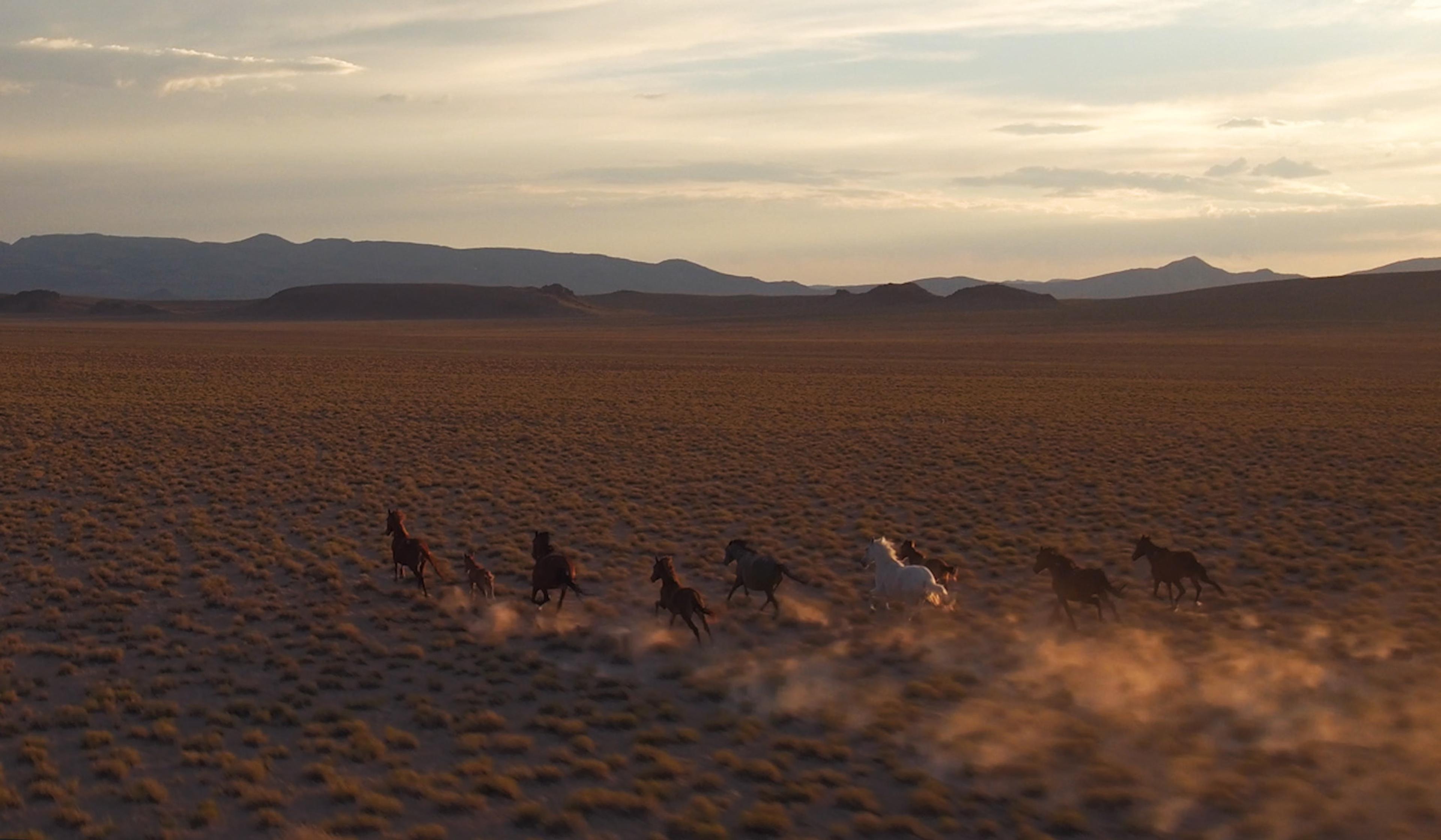
videoAnimals and humans
Laura fights to protect the magnificence of wild horses running free
6 minutes